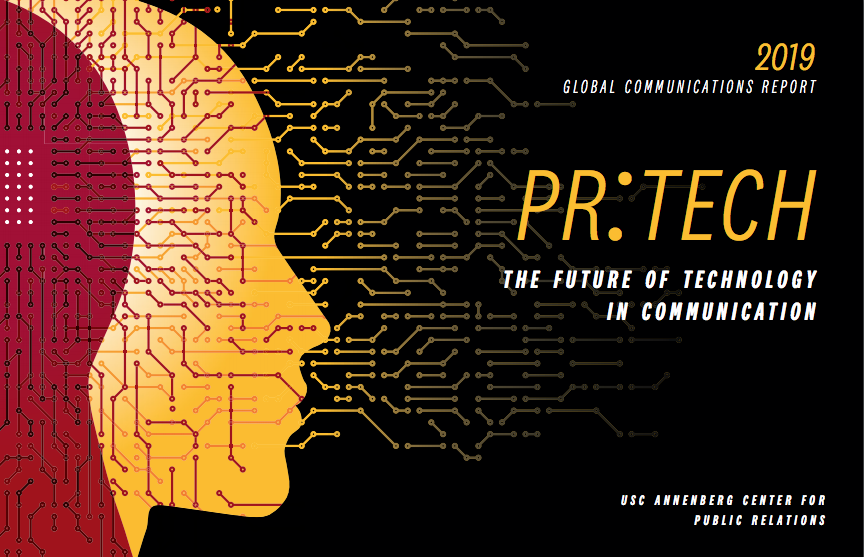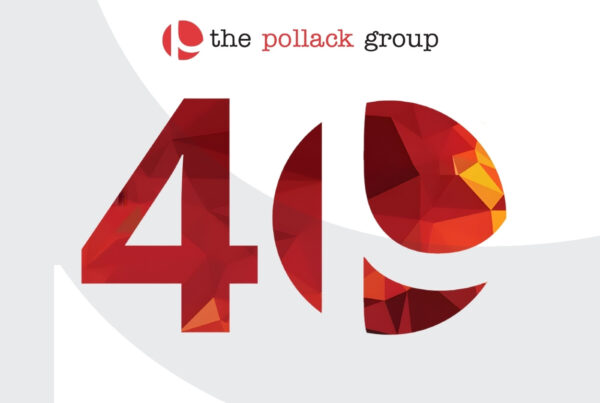By Noemi Pollack
Commentary by Noemi Pollack, TPG CEO and Founder
The good news emanating from the 2019 Global Communications Report is that, happily, it included me – well, not me in particular, of course, but 210 CEOs, together with 1,583 Public Relations professionals and 378 students in the U.S. and around the world.
This is a great addition to the annual report. It matters as to whether a CEO’s point of view is aligned with that of their corporate communications professionals. It also matters as to why it is not always so. Different focus with different emphasis for each discipline.
Yet alignment as to important issues, can be key for a consistent voice.
Still focuses differ…Whereas a CEO wants the communications effort to focus on the sales cycle, communications professionals prefer to put emphasis on defending a company’s reputation and shaping opinions. Further, according to the report, CEOs and their teams are not equally aligned with the importance of marshalling communication efforts in driving sales. Yet they totally agree as to the importance of differentiating their company’s brand from the competition.
But what caught me by surprise is that virtually no CEOs indicated that they had their eye on their company’s position on social issues.
It’s unsettling to discover that the majority of global CEOs have little interest in being part of a social conversation, with 60% of CEOs surveyed indicating that it is unlikely that they would speak out on any social issue in 2019. For the few who do plan to speak out, the most pressing topics are data privacy, healthcare, diversity and inclusion.
Overall, the report shows that most CEOs are focused on issues that directly affect their business rather than those that impact society.
When CEOs were asked as to what they would like to use technology for, the vast majority of CEOs stuck with tangible business goals, citing customer experience optimization as a primary objective. This was good news for the PR professionals who include discrete communication into each interaction that a customer has with a brand. Customer experience was followed by audience targeting and measurement of results.
It is clear that the media channels for delivering information are changing. When asked as to what media silos are of most importance to CEOs as in paid earned, social and owned, they leaned toward social media and added online influencers, while traditional earned media and paid media were of less importance. One likely culprit is that in our experience, paid media is still little understood by most CEOs, confusing it with advertising. In contrast most communications professionals approach paid media as social, and the social amplification of the earned media is typically bolstered through paid media support.
There currently exists a gap between perceptions of what media silos are important to communications professionals compared to that of CEOs. As things continue to change in the PR and marketing industries, agencies and in-house PR departments will need to be responsible for helping to counsel CEOs (as well as clients) in closing that gap through working on strategies and tactics that will continue to align the c-suite with communications professionals.
To download the USC Annenberg Center for Public Relations‘ 2019 Global Communications Report visit: https://annenberg.usc.edu/research/center-public-relations/global-communications-report






